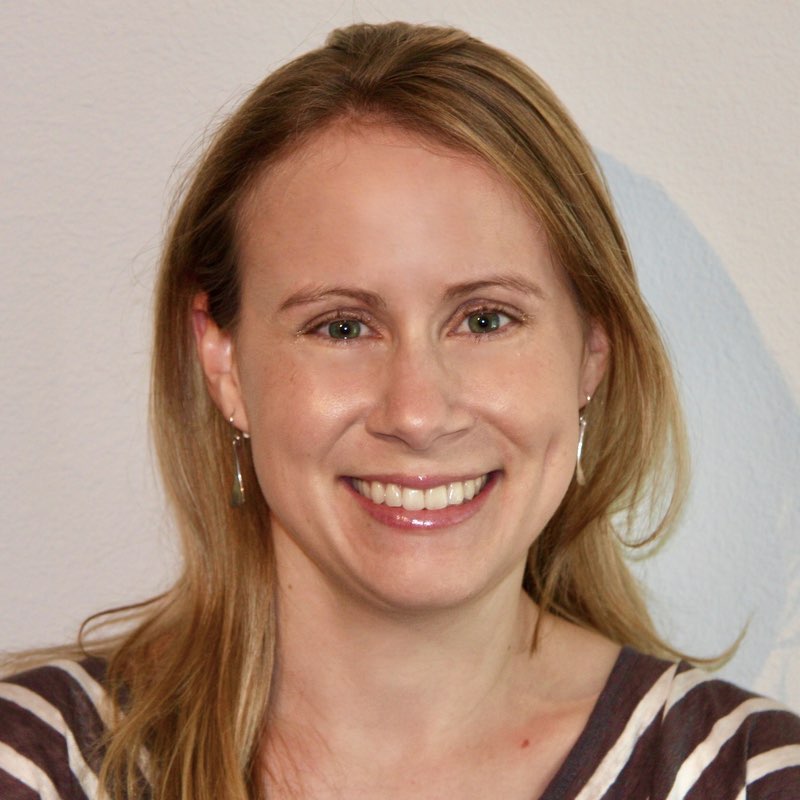Mission Bio recently launched its Pharma Assay Development (PAD) services solution to accelerate cancer biomarker discovery and cell and gene therapy development. This new offering aims to enable Pharma companies to utilize single-cell multi-omics and their discovery, translational, and clinical research. We sat down with the general manager of the PAD team, Harsha Kuvari, to get his take on how customers will benefit from this exciting new offering.
Brittany Enzmann: Can you tell us a little about what PAD is?
Harsha Kuvari: Absolutely. PAD stands for Pharma Assay Development and the intention of starting this business unit is to be a strategic partner for Pharma and Biopharma companies across the drug and advanced therapy development programs. Our goal is to implement proven single multi-omics capabilities into discovery, translational, and clinical research. I also want to highlight what Mission Bio is about. We are a single-cell multi-omics company and our Tapestri Platform is the only system that is capable of simultaneously providing both genotype as well as phenotype data from the same single cell. DNA is our foundation and our proprietary two-step workflow actually helps us detect CNVs, SNVs, along with proteins. You might want to check our website as well because it’s really cool, we are the only company who can do that.
Brittany: Why did Mission Bio create PAD?
Harsha: Good question. We want the Pharma Assay Development to be the strategic part of our business so that we can enable Pharma companies to develop targeted therapies and cell and gene therapy companies to develop their candidates. The goal is to help them develop the candidates and get those candidates to market faster. And this actually aligns with our company mission of helping our customers eradicate cancer. We also focus on solid tumors in the oncology space, so if you were to ask me what are the three main focus areas I would say that it would be heme oncology, solid tumor, and cell and gene therapy.
Brittany: What types of Pharma companies specifically can benefit from PAD?
Harsha: Many of the Pharma companies that we are partnering with are really looking to accelerate their programs in bringing effective therapies to patients faster. So, the way we think about this in two different ways. One is on the biomarker side for developing targeted therapies and assay categorization for advanced therapies. Pharma companies really looking for ways to have maximum clinical impact in the shortest of time, and we are here to help with that. On the cell and gene therapy side, the companies today are using technologies that are probably a couple of decades old. Now they’re using multiple assays for doing transduction and vector copy number integration site analysis for the release testing. And we partner with the cell and gene therapy companies and integrate them into one single-cell assay. And that is the value we provide and with a faster turnaround time.
Brittany: How will PAD alleviate some of the challenges or roadblocks that Pharma currently faces?
Harsha: PAD is making it very easy for Pharma companies. When Pharma wants to bring in new technologies, it’s a lot of burden on their already stretched budgets and research teams. So, PAD makes it easier to evaluate the new technology for a fraction of the cost that they can incur over a period of time. We can get it done much sooner and faster because we have the know-how in the single-cell space. We meet the customers at their level and address their unique requirements.
Brittany: Can you give an example of how PAD has enabled a Pharma project?
Harsha: In the cell and gene therapy space, we have helped many clients reduce their turnaround time on certain aspects of their drug development pipeline. One specific example would be that we are helping a cell and gene therapy company that is using our transduction assay. The way it works is that we do the custom development work — we sit with the customer to understand their custom panel requirements. Then we do the wet lab work and, once the assay is completed, we deliver a comprehensive report. What it has done for that specific customer is provide transduction results within weeks, not months.
Brittany: What does the PAD workflow look like?
Harsha: First we would like to understand the problem the customer is trying to solve. For instance, is it biomarker discovery or is it a cell and gene therapy customer? Then we meet with the customer to better understand their project because we will design the custom panel to meet their requirements. Then in the wet lab, our research scientists run the samples through our Tapestri instrument and get the sequencing done. Our bioinformatics team then comes in to do the analysis, and we provide a comprehensive report for the customer.
Brittany: What PAD services are currently available?
Harsha: There are three main services that are available right now. One is the biomarker discovery across both heme oncology and solid tumor. Those are the two main focus areas. And then the third focus area is cell and gene therapy, where we are seeing a lot of traction in the market to use single-cell assays in their release testing.
Brittany: Thank you so much for talking to us today, Harsha. We’re really excited about PAD and to see how single-cell multi-omics will enable drug and therapeutic development in the future.
Harsha: It’s a pleasure.
Learn more about Mission Bio’s Assay Development Program here.
Interested in how PAD and single-cell analysis can enable cell and gene therapies? Join us for our webinar: New Single-Cell Sequencing and Analysis Platform to Accelerate Cell and Gene Therapy Pipelines on June 3, 1pm EDT (10am PDT).











